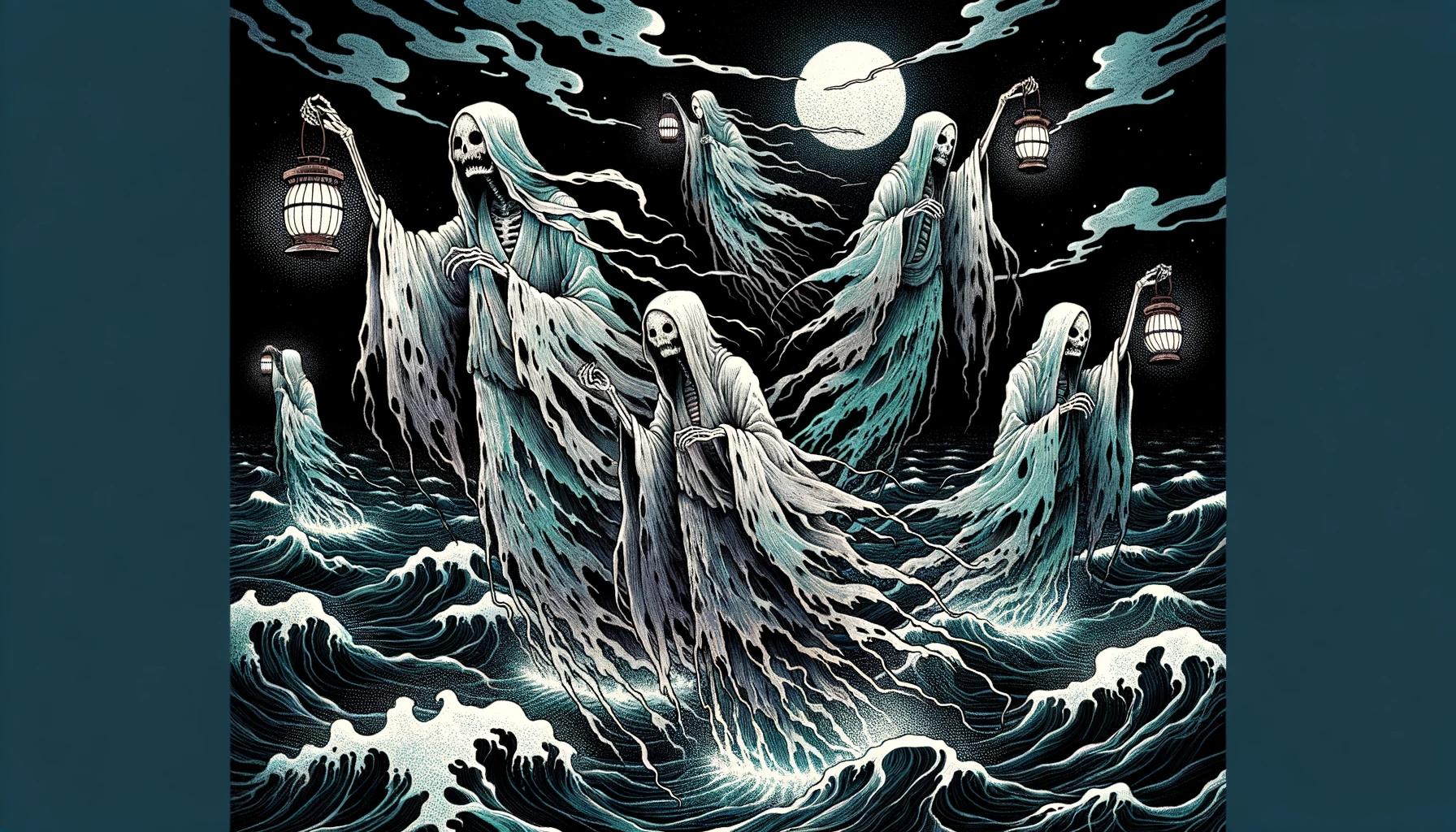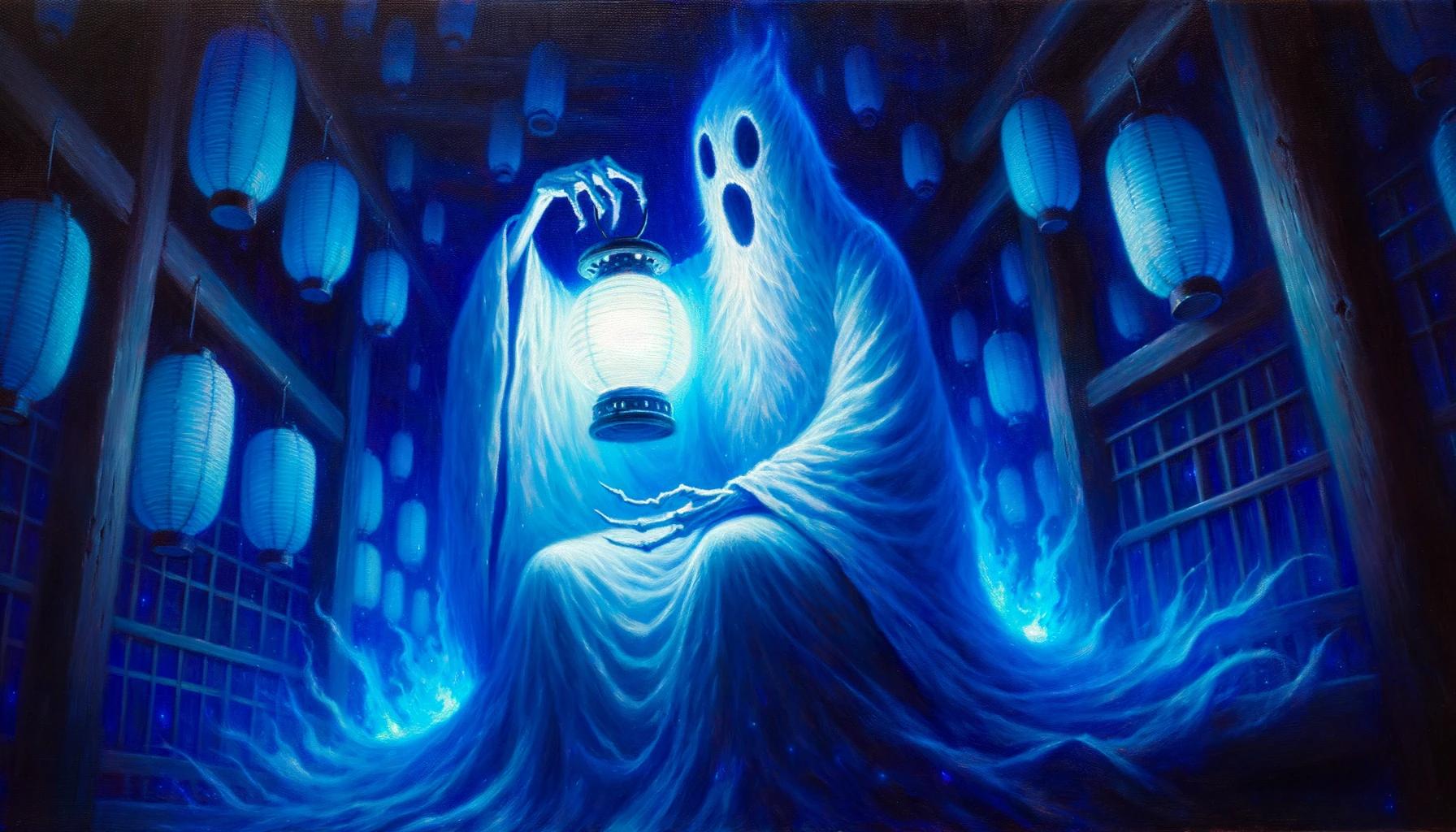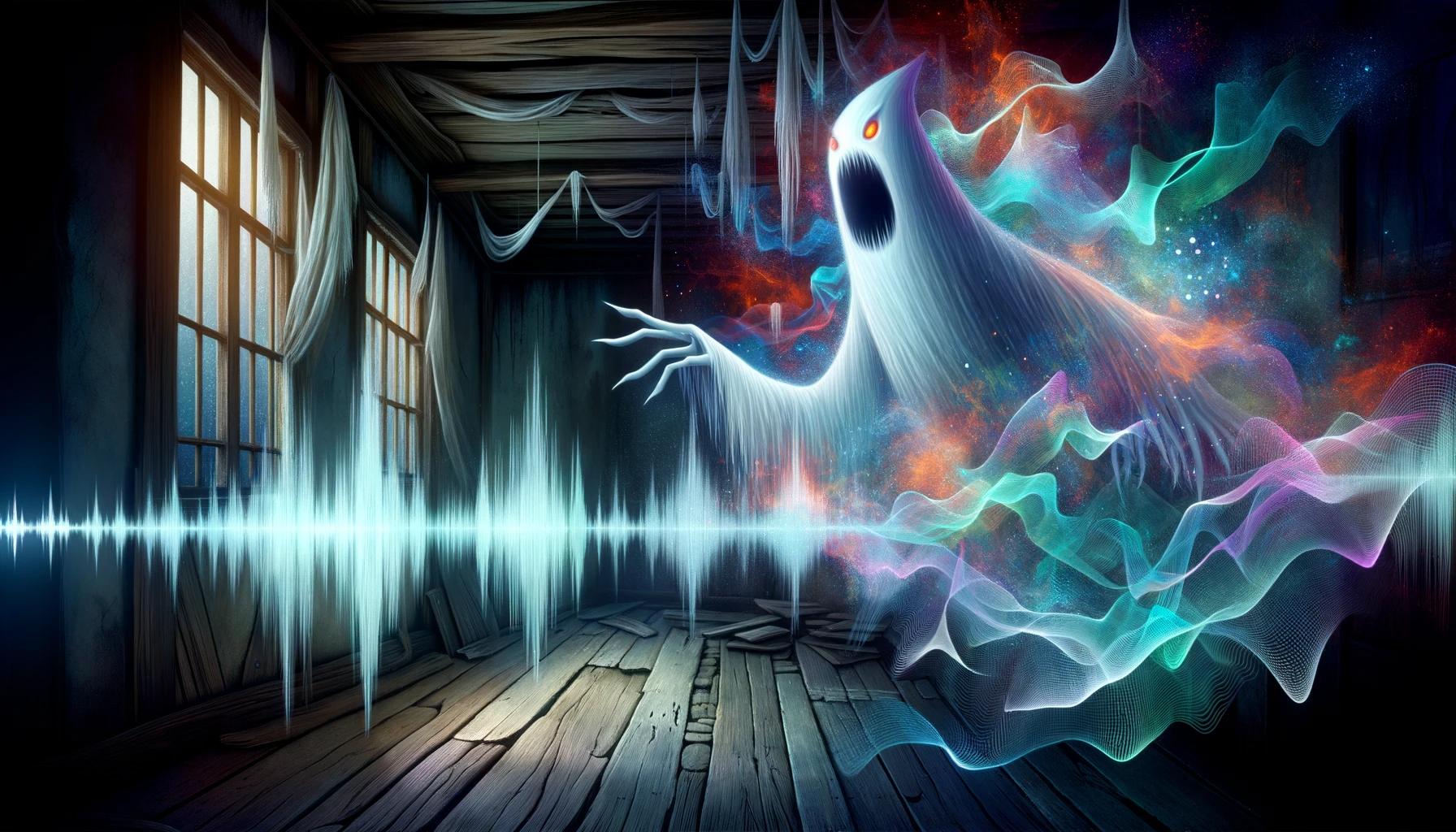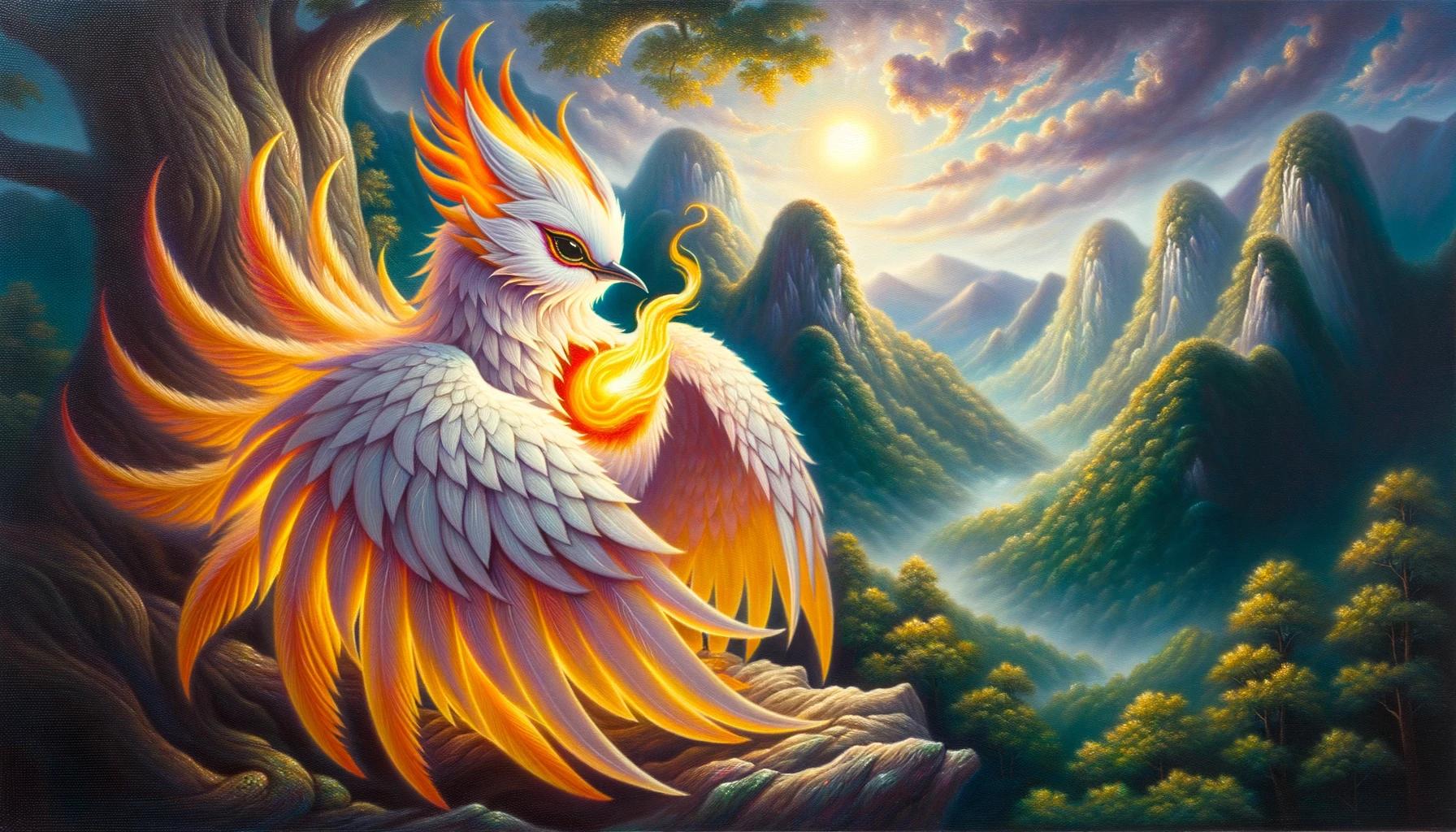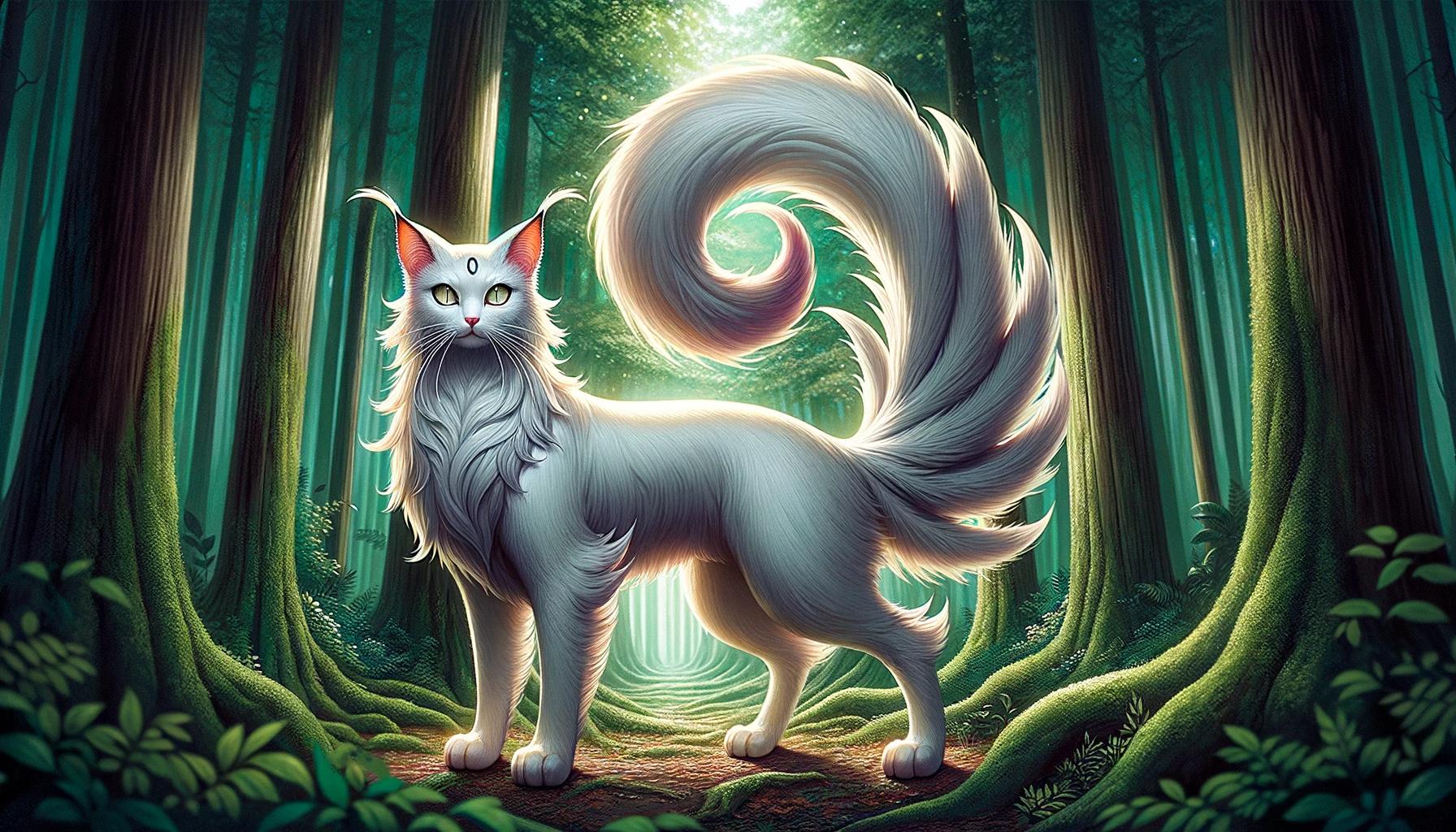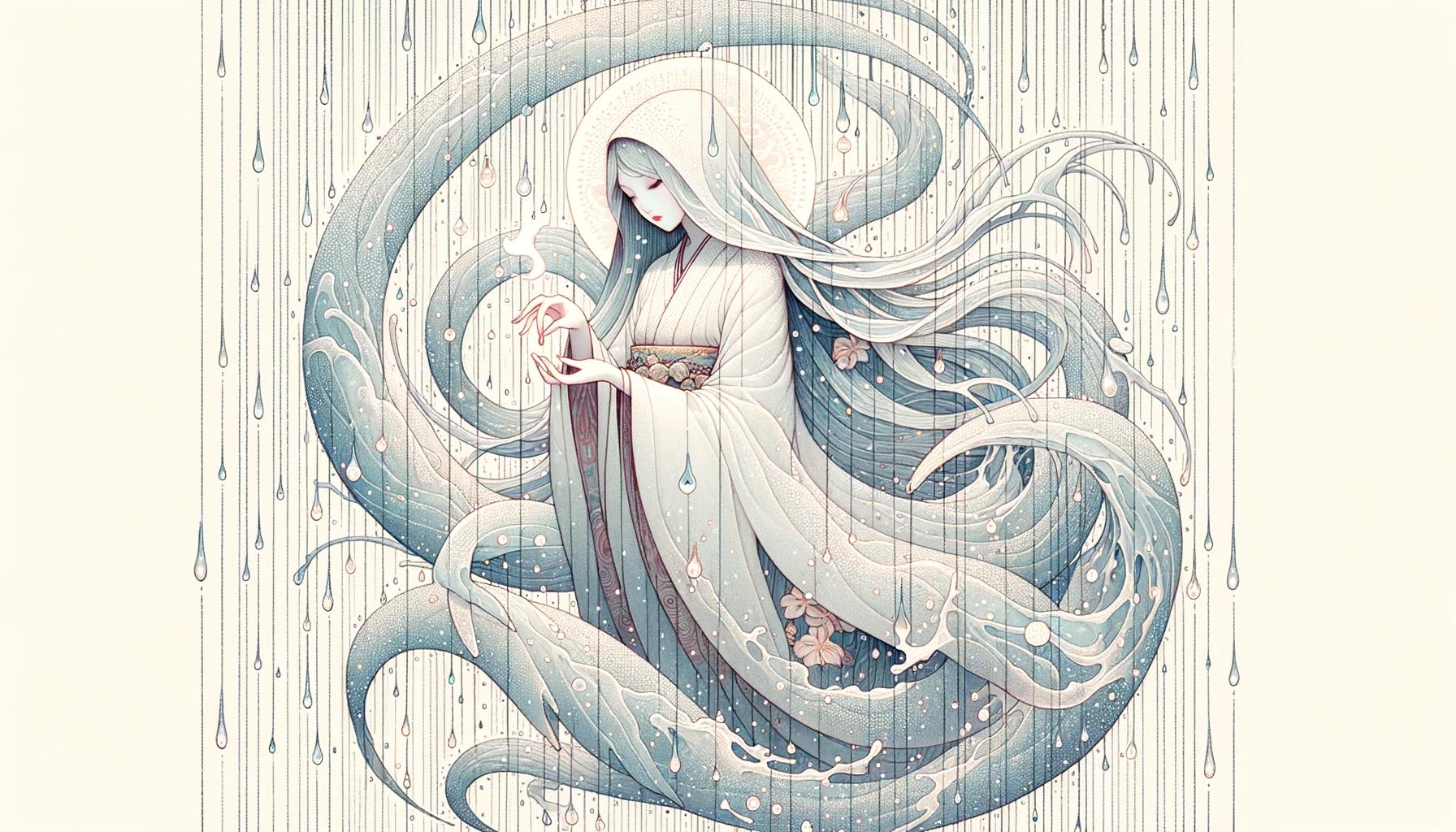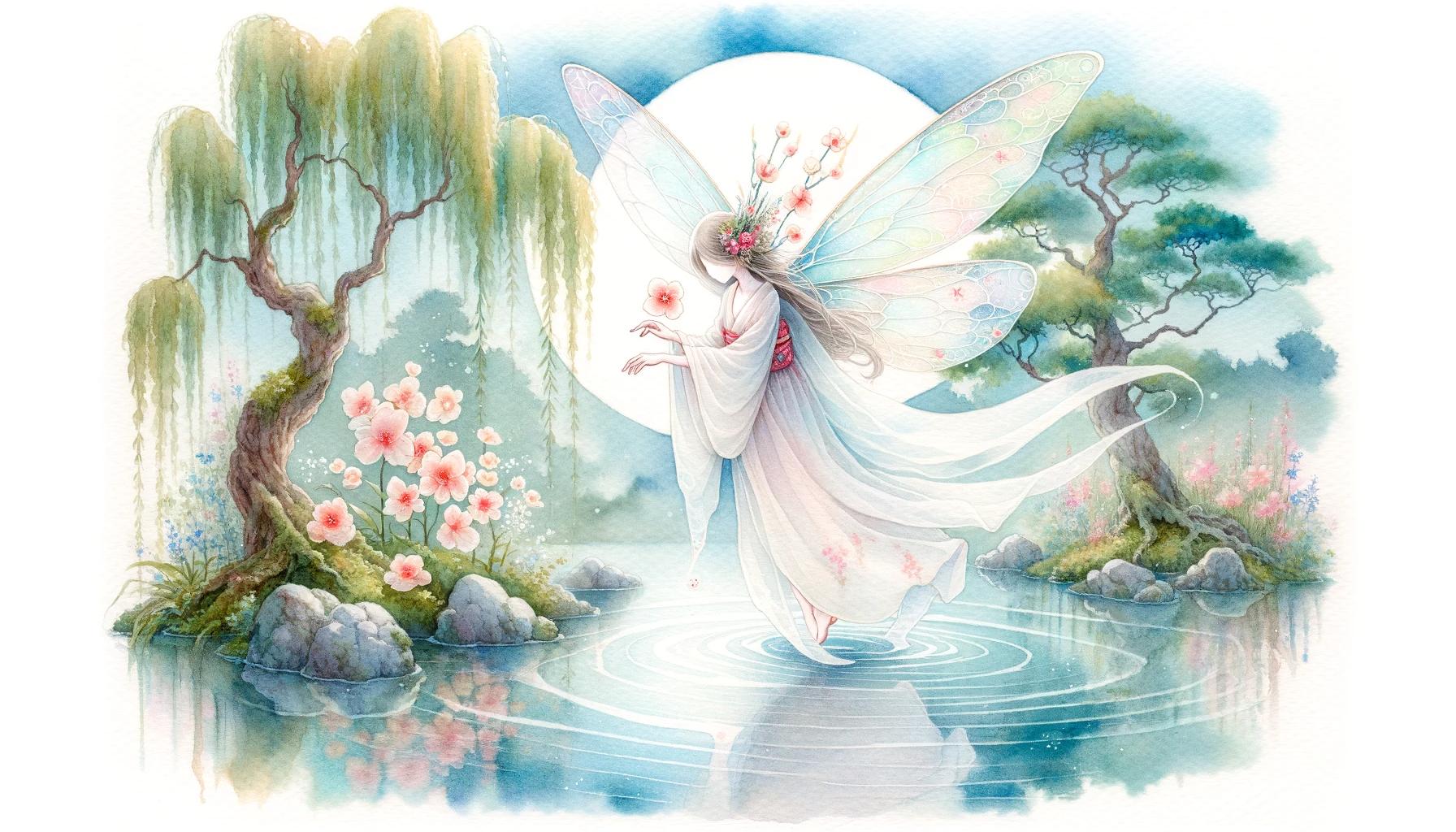Fascinating Funayurei Yokai: Legends and Lore from Japan’s Ghostly Seas

The Funayurei Yokai, also known as “ghost ships,” are vengeful spirits of those who perished at sea, haunting Japan’s maritime legends. With different appearances and haunting tactics, they inspire fear and caution among sailors.
This article explores their origins, characteristics, and eerie encounters, as well as strategies to repel and evade their wrath. Discover the cultural significance and enduring legacy of the Funayurei Yokai in Japanese folklore and popular culture.
Welcome to a world where ghostly maritime tales come alive.
Funayurei Yokai: Exploring Japan’s Ghostly Maritime Legends
Origins and Mythology of Funayurei Yokai
The Funayurei Yokai, enigmatic beings of Japanese folklore, are renowned spirits haunting the vast seas. Rooted in the country’s mythology, these ghostly entities emerge from tragic tales of lives lost at sea.
Legends speak of their journey from mortal beings to vengeful apparitions, forever tied to the maritime realms they now inhabit.
Characteristics and Appearances of Funayurei Yokai
Described in various tales and regional folklore, Funayurei Yokai present a diverse array of appearances. Commonly depicted as deceased individuals draped in white funeral attire, these ethereal specters exude a haunting aura as they hover or merge to form ghost ships.
Their ghostly visage, often surrounded by an eerie glow, strikes fear into the hearts of those unfortunate enough to encounter them.
Haunting Tales: Encounters with Funayurei Yokai
Throughout the centuries, sailors have exchanged bone-chilling accounts of their harrowing encounters with Funayurei Yokai. These tales describe ghost ships materializing on moonless or stormy nights, seemingly appearing out of thin air.
The tormented crew, driven by vengeful intent, launch attacks on unsuspecting vessels, employing tactics ranging from direct collisions to attempts at dragging their targets beneath the waves. The perseverance and cunning of these spectral entities continue to send shivers down the spines of mariners brave enough to sail Japan’s haunted waters.
Funayurei Yokai and the Mysterious Crew of Ghost Ships
Delve into the eerie world of Funayurei Yokai and their ghostly vessels that haunt the seas. These supernatural entities are known for their haunting appearances, relentless attacks, and chilling strategies.
Explore the mysteries surrounding their ghost ships and uncover the folklore and methods used to repel their wrath.
Ghostly Ships and their Eerie Apparitions
Ghost ships carrying the phantom crew of Funayurei Yokai have long fascinated sailors and storytellers alike. These spectral vessels, shrouded in mystery, often appear during moonlit nights, stormy weather, or the Obon festival.
Witnesses describe these ghost ships as ethereal, with a haunting beauty that chills the bones.
The apparitions of these ghostly vessels vary, with some accounts describing the crew as translucent figures dressed in white funeral robes, while others mention disembodied voices and flickering lanterns.
The eerie sight of these ships emerging from the misty sea sends shivers down the spines of those who encounter them.
Attacks and Strategies of Funayurei Yokai
The vengeful Funayurei Yokai unleash their wrath upon unsuspecting vessels, employing various tactics to instill fear and bring misfortune. They often ram other ships abruptly, causing them to veer off course or even sink.
In some cases, the ghostly crew attempts to drag ships and their crew beneath the waves to add more souls to their haunted company.
Notably, some Funayurei Yokai giants, often mistaken for Umi Bōzu, rise from the depths to swiftly capsize ships, demanding the crew to fill the deck with barrels of water, ultimately leading to their demise.
However, cunning sailors have devised strategies to deceive these vengeful spirits, such as carrying buckets and ladles filled with holes, preventing the ghostly entities from flooding their vessels.
Escaping the Wrath: Folklore and Methods for Repelling Funayurei Yokai
Throughout different regions, a variety of legends and practices have emerged to ward off the wrath of Funayurei Yokai. Superstitious sailors believe in the protective power of offerings and gestures that distract the spirits and redirect their attention.
- Throwing food and provisions overboard serves as a diversion, luring the hungry ghosts towards the offerings instead of the crew.
- Some individuals advocate throwing onigiri (rice balls) into the sea or crafting a hishaku (ladle) with an open bottom to create a protective barrier between the crew and the vengeful spirits.
- Incense, flowers, dango (sweet dumplings), purified water, and other items are also believed to repel or appease the Funayurei Yokai.
Additionally, tales speak of brave sailors navigating boldly through the ghostly apparitions, passing through them instead of avoiding collisions, thus eluding their wrath.
These age-old customs and rituals continue to serve as a way to safeguard against the menacing Funayurei Yokai, providing a sense of security for mariners traversing the treacherous seas.
Cultural Significance and Legacy of Funayurei Yokai
Funayurei Yokai hold a prominent place in Japanese folklore and tradition, representing the rich cultural heritage of the country.
Their eerie tales and supernatural presence continue to captivate and intrigue people to this day.
Funayurei Yokai in Japanese Folklore and Tradition
Within the realm of Japanese folklore, Funayurei Yokai are deeply entrenched as mystical entities. They form an integral part of narratives passed down through generations, serving as cautionary tales and reminders of the dangers of the sea.
These ghostly apparitions serve as a connection between the physical and spiritual worlds, reflecting ancient beliefs in spirits and their influence on human affairs.
The stories surrounding Funayurei Yokai often emphasize themes of vengeance and unfinished business, reinforcing the importance of honoring the deceased and treating the sea with respect.
Their presence in folklore helps to preserve traditional values and instill a sense of reverence for the ocean and those who have perished in it.
Funayurei Yokai in Popular Culture and Media
The enduring allure of Funayurei Yokai extends beyond folklore and permeates popular culture.
These ghostly apparitions have found their way into various forms of artistic expression, including literature, visual arts, and cinema. Their haunting presence in popular culture serves to entertain and thrill audiences, while still retaining the essence of their maritime origins.
Japanese manga and anime often feature Funayurei Yokai as captivating characters, adding depth to their mythical nature and further expanding their cultural significance. Contemporary interpretations in film and television continue to introduce these ghostly figures to broader international audiences, fostering a continued fascination with their stories and legends.
Superstitions and Beliefs Associated with Funayurei Yokai
The cultural legacy of Funayurei Yokai is also evident in the superstitions and beliefs that have emerged around their existence. People often adhere to various rituals and practices to ward off misfortune associated with these ghost ships.
From offering prayers and incense to making specific food offerings, these customs speak to the enduring fear and caution surrounding Funayurei Yokai.
Additionally, the belief in their ability to bring bad luck has prompted sailors to take precautions when traversing the seas.
Navigational decisions, such as altering course or avoiding certain routes during specific lunar phases, reflect a deep-rooted respect for the spectral presence of Funayurei Yokai.
- The offering of prayers and incense
- Preparing specific food offerings
- Avoiding certain routes during specific lunar phases
- Taking precautionary navigational decisions
The cultural significance and legacy of Funayurei Yokai continue to shape Japanese folklore, popular culture, and traditional beliefs, capturing the imaginations of those who encounter their chilling tales.
As time moves forward, their spirit remains firmly anchored in the maritime consciousness, serving as a reminder of the eternal connection between the sea, the supernatural, and the human experience.
.











